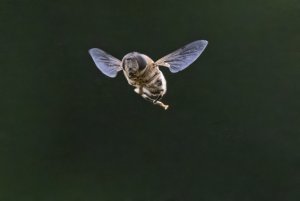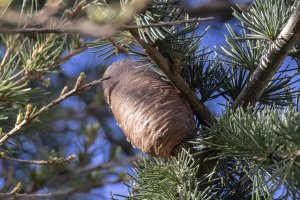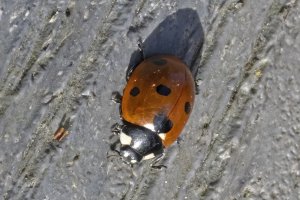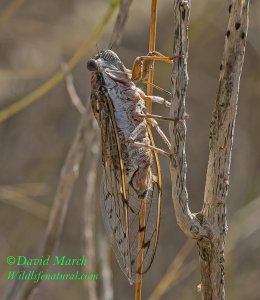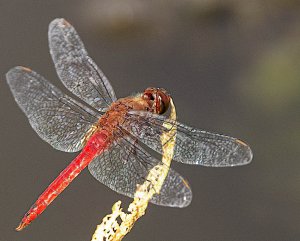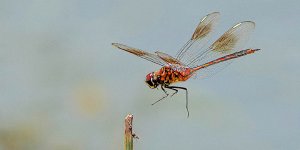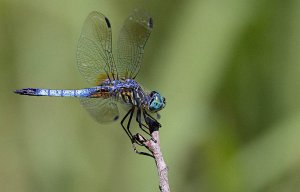Family; Cicadidae – Cicadas (from the Latin cicada, meaning “buzzer”) “Orni” probably coming from the tree named “Fraxinus ornus”, (Manna Ash or Mediterranean growing Ash) which they commonly feed and breed on)
Order: Hemiptera (true bugs)
Body Length 28mm. Wingspan up to 78mm. Body colour varies from brown to grey.
There are well over 2,500 species of cicada worldwide and is a as well-known natural food source for humans, in some countries.
The male Cicadas are responsible for the continuous sound of clicking – shrill like noise, which many visitors experience when visiting the Mediterranean countries.
Only the male produces this sound by using the tymbals, which are membranes covering the abdomen. (Tymbal being the external skeleton which supports and protects an animal’s body). This “song” has the purpose of attracting a female. The female will lay her eggs in the branches of various trees, especially the Ash tree of “Fraxinus ornus”. These will hatch in the summer months and later into the autumn months.
The Cicadas nymphs will live up-to several years, as they continuously live underground; feeding on various plant roots.
The adults have a long proboscis and well adapted mouth parts which are used for extracting the sap from various trees. The adult Cicadas will only live for a maximum of two months, for breeding.
When the female approaches the male the courtship will often take place, they will repeatedly hug and touch each other by using their legs.
Cicadas have prominent eyes set wide apart, so its all-round vision is very good and makes them wary of any approaching movements, this is evident by being met with a sudden silence. Also, can be seen (in some of the images below) are the three small eyes named “ocelli” which are situated on the crown of the head.
They are not good walkers or runners, so will quickly take to flight over the shortest of distances.
This species is active mostly throughout the day and into the night hours and is one of the most common in southern and central Europe, also common in the Near East and into North Africa.
Cicadas Orni are well camouflaged, like all Cicadas, which helps them not to be easy prey for birds and small to medium rodents, especially squirrels.
Mantises, wasps, Robberflies and spiders will also prey on Cicadas.




